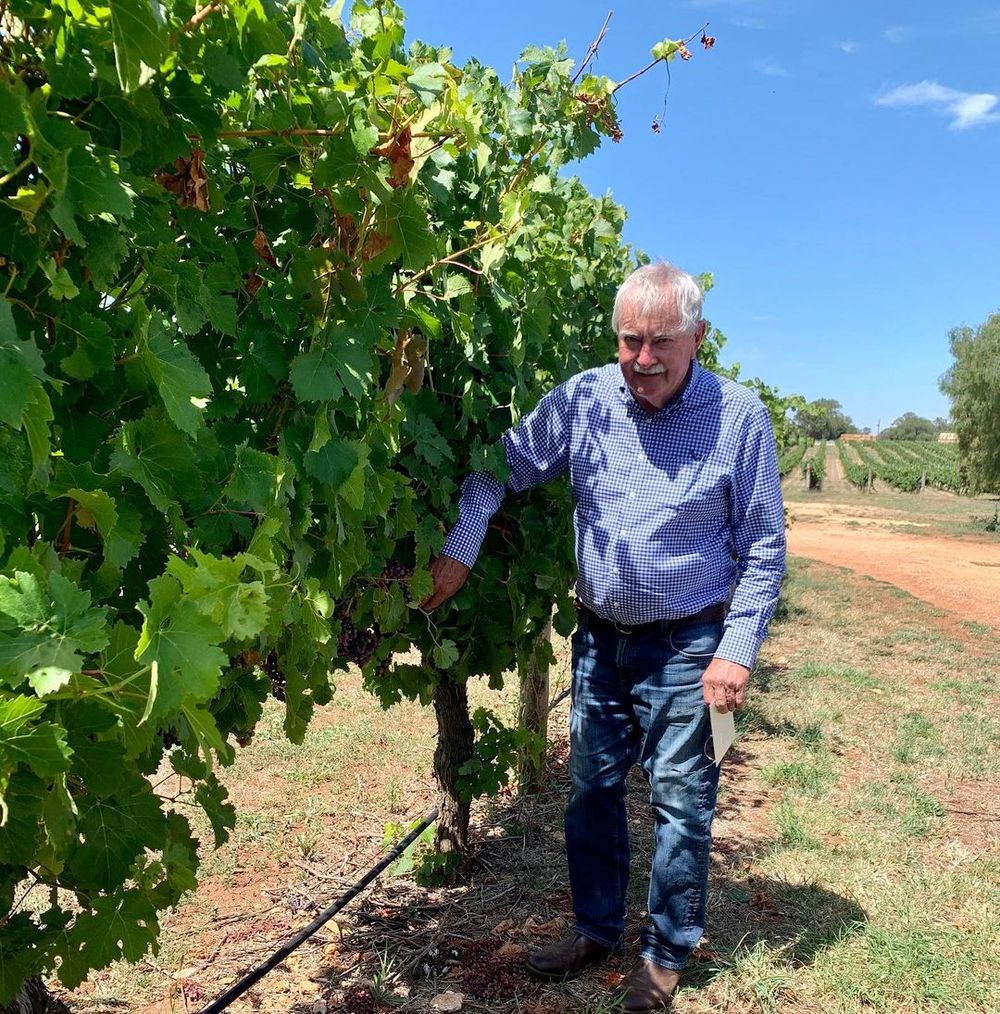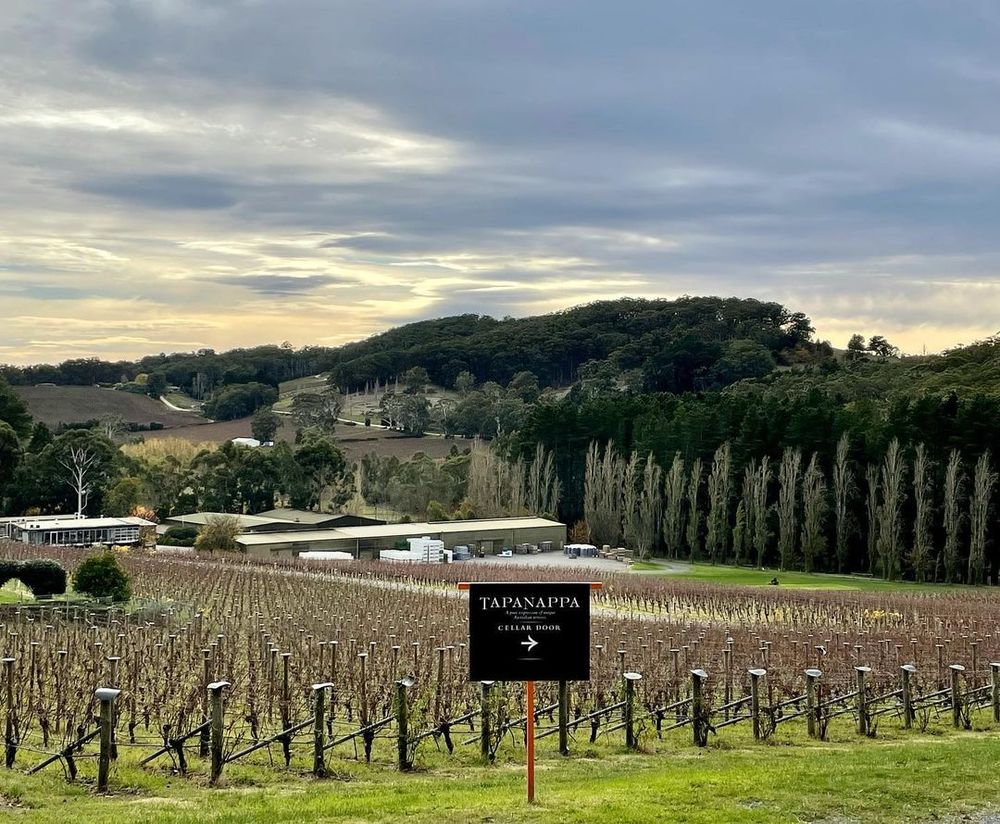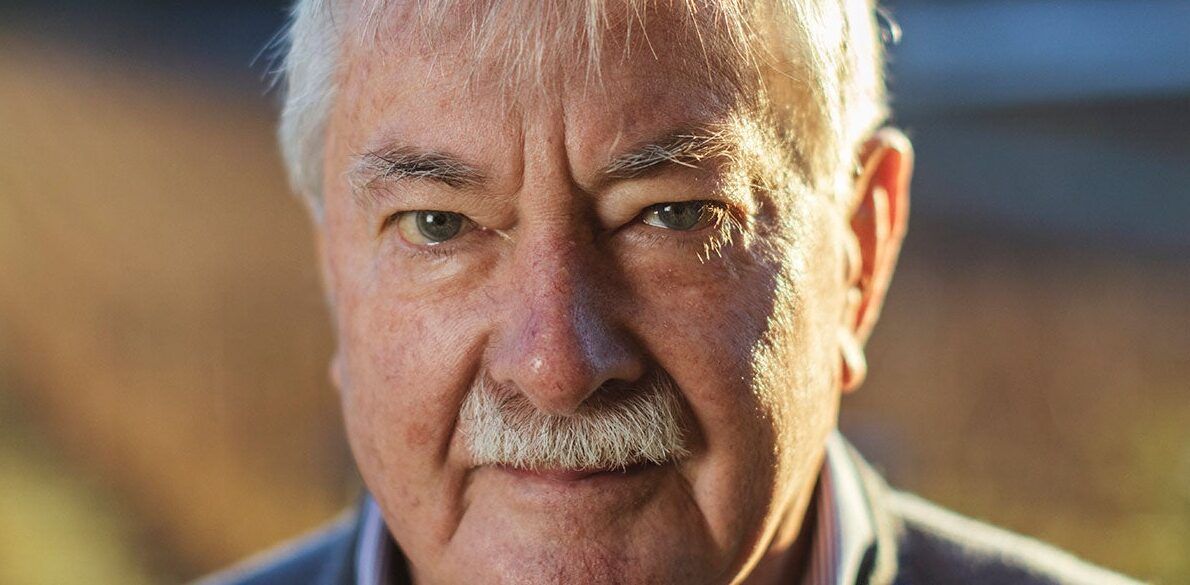“The impertinence of our Prime Minister suggesting China should openly engage in the search for the source of the virus inflamed the Chinese response of trade restrictions that were in political formulation anyway. That will have a bigger immediate effect on the Australian wine community than COVID or climate change,” writes Croser.

Brian Croser
Winemaking in the COVID environment (More will stay the same than will change).
Winemaking from single vineyards is already a lonely business. It is a communion between vigneron and vineyard across vintages – an incremental learning experience. In contrast, commercial winemaking is a team effort, involving specialist viticulturists, winemakers, logistics managers and marketers. Quality and wine style is determined over the tasting bench involving much discussion and iteration of blends.
Single vineyards, or “distinguished sites” as I like to call them, are only declared after many vintages of consistent production of a unique wine style and quality – the expression of a single vineyard terroir. There is no blending flexibility here, the vigneron is committed to accepting what the vineyard delivers through hot and cold, wet and dry vintages.
The ability to influence outcomes from a single vineyard in a given vintage relies on the vigneron’s ability to forecast future weather conditions and to interpret the visual signals from the vines of the effects of the current environmental conditions. The vigneron can only make management adjustments of viticultural practice after extensive walking of the vineyard – reading the leaves.
By the time the grapes are harvested the single vineyard vigneron already knows how much sugar and acid, how much colour and tannin and the potential flavour profile of the wine that will be made. Walking, observing and tasting extensively and frequently has already informed the vigneron of the winemaking tweaks that will be required to elicit the truest expression of the single vineyard’s terroir.

Croser with vines he planted in 1976
What has this to do with COVID?
For me, as a single vineyard vigneron, COVID has not changed my life much. I can still walk my vineyards in isolation and safety although communication with the pruners, tractor drivers and grape pickers has become a more formal COVID-safe process. Casual skilled workers have become harder to find in a timely fashion and more expensive to hire. For the labour-intensive single vineyard this has been the most acute effect of COVID.
In the winery, I have an established team of younger winemakers who do the processing of the grapes – the filling and emptying of the barriques, the analysis and all other winemaking actions that I decide on for each of my vineyards. As a fairly senior citizen, my involvement in running presses and pumps has been much less since the onset of COVID. The younger team have active social lives and I have tried to minimise the chance contraction of the disease should any of them unfortunately become a carrier.
Living next to the winery I can take the valinch and two and/or three glasses, in the hours before and after the team working hours, to taste and ponder on the results of the day’s work and formulate a strategy for the next day’s work. That’s COVID different, not being able to freely share a pub lunch or morning tea to discuss the winemaking program. Instead, communication is more by telephone and email. Happily, however, I am weeks away from my second vaccine shot so my winery life will return to a more normal interaction with my winemaking team and I can’t wait for that to happen.

After Petaluma was taken over in 2001, the next year Brian Croser established Tapanappa with Bollinger and the Cazes family of Lynch Bages fame
Being the champion of the brand Tapanappa and of its single vineyards used to demand many hours in aeroplanes both international and interstate, conducting tastings and talking to consumers and retail and restaurant customers. Travel has ceased completely for me, except by car locally within South Australia.
Tastings are now conducted through Zoom or other electronic means and I have devoted more time to the written word on the Tapanappa website and elsewhere and to email contact with the wine media in particular. I love to write and read, so the travel respite has been an opportunity to research the many ponderables of grape-growing and winemaking, to think on their application to Tapanappa’s vineyards and winery, and to write as I am doing now. I miss my overseas friends, but the travel restriction is not all bad.
Predicting the direct and indirect effects of the pandemic
In June of 2020, a year ago and four months into the COVID era, we were all wondering what it would mean for the Australian wine community? Being a board member of Wine Australia, I was involved in many industry Zoom meetings trying to second guess the effect of COVID and to develop strategies to alleviate detriment. I wrote a paper called “More will stay the same than will change.”
Essentially, I argued that vignerons would continue to nurture their special vineyards and make their unique terroir-driven wines, and that the demand for authentic and unique wines would continue to grow as it has for the 50 years I have been a vigneron.
The only major change for the fine wine community would be where and how the fine wine consumer would obtain the product. With restaurants closed, or severely restricted, a major avenue to the fine wine market for small vignerons was closed. Specialist bricks and mortar retail became less accessible and direct to consumer and local wine tourism in the place of international and interstate travel would drive alternative sales for small vignerons.
None of these predictions were especially clever insights, but what happened in the marketplace exceeded expectations. Fine wine consumers have more avidly sought unique high-quality wines as an antidote to the privations of COVID restrictions. Direct to consumer methods of communication, sales and distribution have rapidly become more sophisticated and effective. Long may it prosper!
South Australia and Tapanappa has just finished one of the very finest vintages of my 50 years of experience and it delivered quantity with quality. COVID only indirectly contributed to China slamming the gate on Australian wine imports. The impertinence of our Prime Minister suggesting China should openly engage in the search for the source of the virus inflamed the Chinese response of trade restrictions that were in political formulation anyway. That will have a bigger immediate effect on the Australian wine community than COVID or climate change.

Brian Croser pictured in 1980
The implications of climate change
The longer-term implications of climate change for my vineyards are scary, and climate change amelioration urgently needs to be addressed at an international level. I take some solace in the fact that 2016 and 2018, the hottest vintages of my career and comparable to the predicted norm of the future, delivered wines true to the variety and terroir of the vineyards. Again, I suspect for the foreseeable future, that in the choice of variety for the vineyard “more will stay the same than will change.”
On a very cold and windy day in the Piccadilly Valley, I look out of my office window at the pruners bending their backs to the intricate task of carefully selecting and gently bending and tying the new canes to the wire. This signals that the start of the next season is imminent and the lonely vigil of the vigneron in the single vineyard is about to resume for another season of who knows what!
The wines of Tapanappa are imported into the UK and distributed by Mentzendorff, which is a partner of The Buyer. To read more about them click here.
































